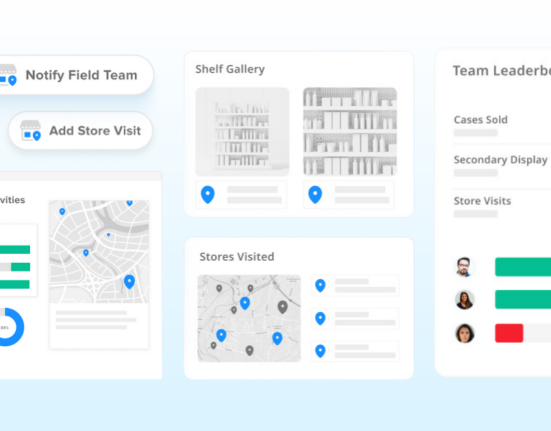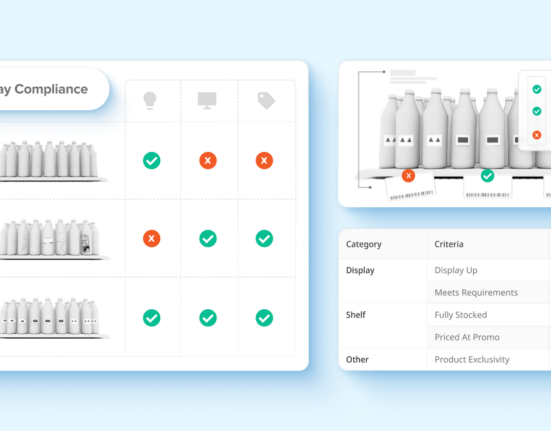In today’s competitive retail landscape, the ability to effectively manage trade spend is critical for brands aiming to drive profitable growth and enhance consumer engagement. Trade spend, which typically amounts to 15 percent to 20 percent of gross revenue in the retail industry, represents a significant portion of a company’s budget.
Yet, despite its importance, many businesses struggle to measure trade promotion effectiveness. Proper trade spend accounting offers a clearer view of investment returns and helps businesses make more informed decisions.
Understanding Trade Spend
Before diving into the nuances of trade spend accounting, it’s crucial to establish a clear understanding of what trade spend entails. Trade spend includes funds allocated to promotions, discounts, and other incentives aimed at enhancing product visibility, retail partnerships, and ultimately, sales. Various methods of trade spend engagement have proven effective for manufacturers to gain a competitive edge within the retail landscape, including:
- Promotional Discounts: Manufacturers give retailers discounts to encourage them to highlight products or offer special promotions.
- Rebates: Manufacturers provide rebates to retailers based on sales performance, motivating them to sell their product.
- Co-Advertising: Manufacturers and retailers jointly fund campaigns to promote products.
- Merchandising / Field Support: Manufacturers often assist in merchandising for retailers, like setting up displays or distributing Point-of-Sale Material.
- Slotting Fees: Manufacturers sometimes pay fees for premium shelf placement.
- Trade Promotions: Techniques like temporary price reductions (TPR), buy-one-get-one-free (BOGO) offers, or other methods are leveraged to increase sales.
Challenges in Trade Spend Management
Monitoring trade spend, however, poses significant challenges, including the complexity of measuring return on investment (ROI) due to disparate data systems between manufacturers and retailers, and the overload of promotions that could inversely cannibalize sales. Compliance issues inevitably arise from the need for strict adherence to promotional agreements and the dynamic nature of the retail and consumer landscape, which often necessitate frequent strategy adjustments in order to recognize the highest return.
How to Account for Trade Spend
Consider the following steps to get started with trade spend accounting:
1. Classify and Track Trade Spending
Begin by categorizing trade spend into different types, such as discounts, allowances, and promotional costs. This classification helps in tracking spending patterns and evaluating their effectiveness. Tools like Wiser Solutions’ retail execution software can help manage this process, capturing data that accounts for the nuances of in-store promotions and displays.
2. Analyzing Trade Spend
Once the data is classified and tracked, the next step is to analyze the outcomes. This involves comparing the costs against the sales lift generated by each promotion. The formula for calculating the ROI of trade spend can be represented as:

This formula helps businesses understand the efficiency of their promotional investments. Wiser enhances this process by automatically ingesting and consolidating data to effectively calculate the incremental sales associated.
3. Setting Goals and Planning
With a clear understanding of past performance, businesses can set realistic goals for future trade promotions. Planning involves deciding on the type, scale, and timing of promotions, tailored to align with consumer buying patterns and seasonal trends. Leveraging a platform like Wiser, they can better align their strategies and expectations with retailers by correlating the negative impact of sales-deterring occurrences such as consistent compliance issues.
4. Monitoring and Measuring
Ongoing monitoring and measurement are critical. This can involve setting up benchmarks and scorecards to continuously assess the performance of trade promotions against the set objectives. By doing so, businesses can quickly adjust their strategies in response to market dynamics.
Why Choose Wiser for Trade Spend Management?
Incorporating a solution like Wiser can significantly enhance the accuracy and effectiveness of trade spend management. Wiser focuses on ensuring that promotional funds are not only spent wisely but are also aligned with the company’s strategic goals. It helps in ensuring that promotions are executed as planned and contribute to the intended incremental sales lift, thereby maximizing the ROI. Wiser provides a tool to assist in the closed-loop management of trade initiatives to maximize return.
Conclusion
Effective trade spend accounting is not just about tracking expenses but understanding their impact on overall business performance. By implementing robust trade spend accounting practices, businesses can enhance their promotional strategies, increase visibility into their marketing investments, and drive greater consumer engagement. With tools like Wiser, companies have the support they need to not only monitor but also amplify the effectiveness of their trade spend efforts.
Embrace a smarter approach to trade spend and see how your brand can not only meet but exceed its growth and profitability targets.














